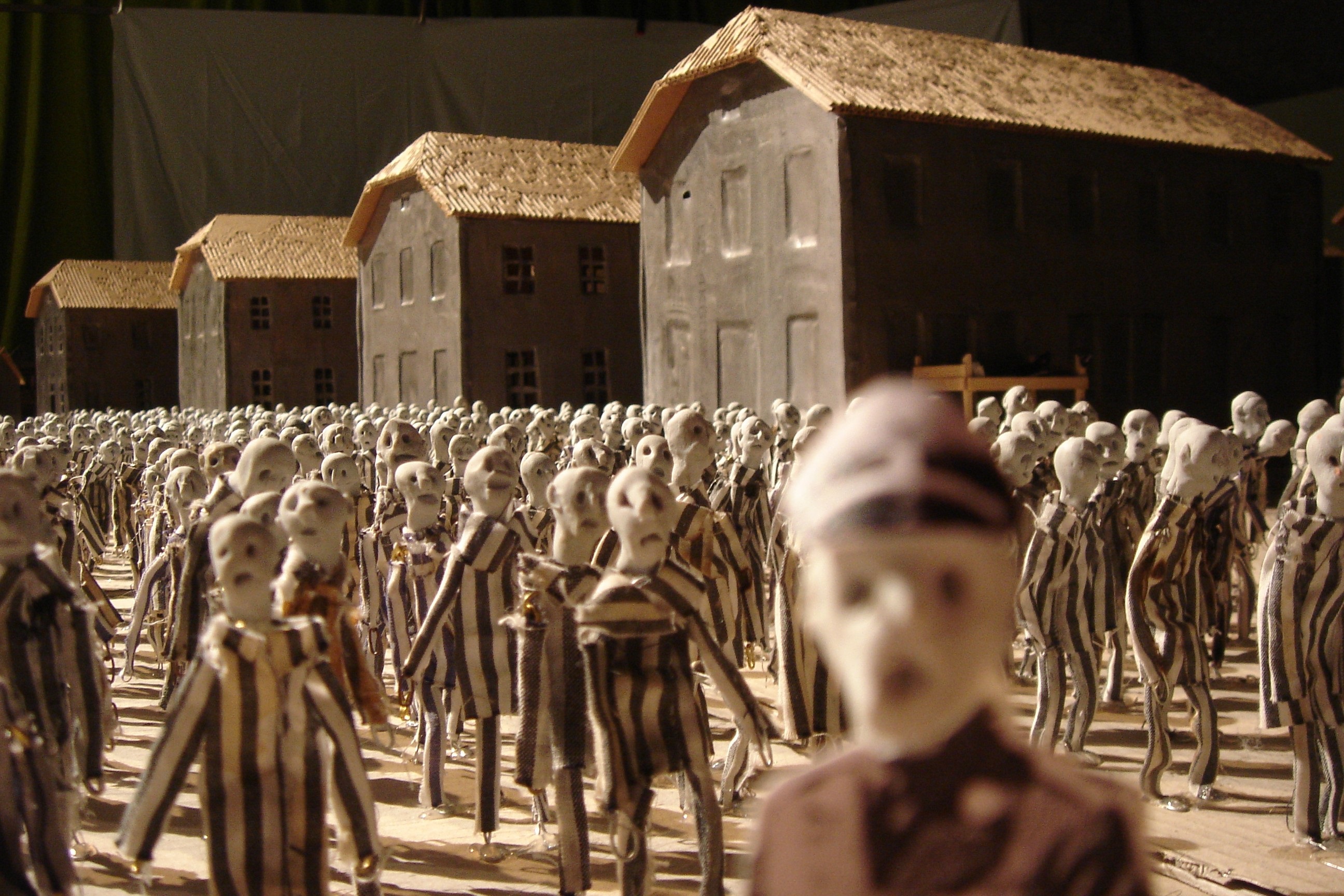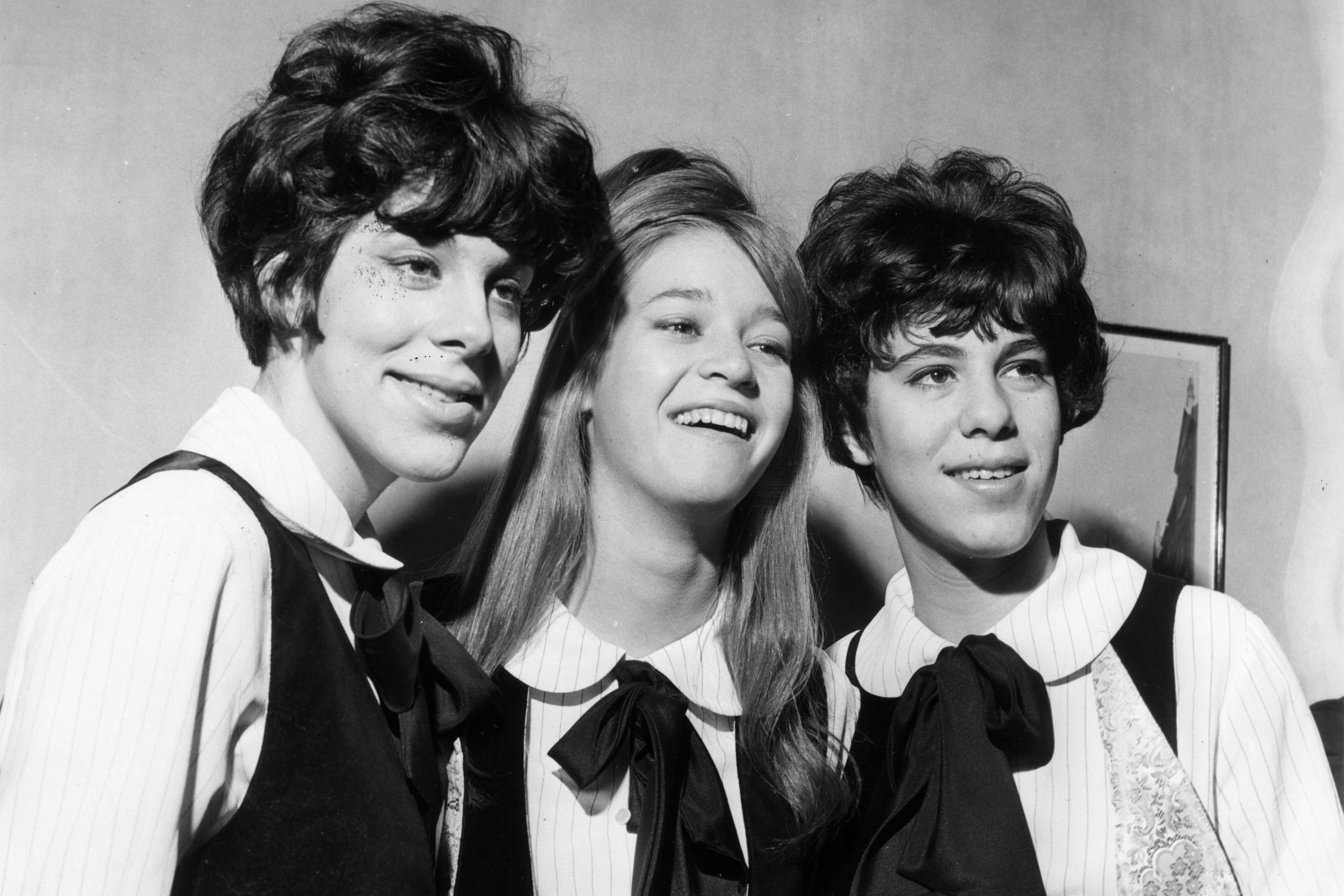Ada Limón’s poetry is like staring into a cloudy night sky and searching desperately for any signs of a star. Just when you’re about to give up, you find a single pinprick in the dark, enough light to remind you that something’s out there. With each poem in her new collection, The Carrying, Limón counterbalances her most paralyzing fears with her ability to find small twinges of hope. Much of Limón’s pain originates in her body: her twisted spine, her inability to conceive. “What if, instead of carrying / a child, I am supposed to carry grief?” she despairs in “The Vulture and the Body.” But Limón’s pain supersedes the physical; through verse, her body becomes a simulacra of the political dread that has been sowed across the country. In the chilling lines of “A New National Anthem,” Limón wonders, “Perhaps / the truth is every song of this country/ has an unsung third stanza, something brutal / snaking underneath us … ” The only way Limón can face the overwhelming aspects of her existence is with her most personal comforts. She grows tomatoes in her garden. She finds beauty in dandelions and leaves. She relies on the durability and the persistence of nature. Each poem is a widening lens of the world, an unburdening of the things we carry deep within ourselves. “Look, we are not unspectacular things,” she reminds us. “We’ve come this far, survived this much.” —Madeline Day
What began as a hell of an essay about a sixteen-year-old’s fatal jump from the observation deck of the Stratosphere Hotel in Las Vegas—but really and obviously an essay on the failures of language—is now a full-fledged Broadway show starring Daniel Radcliffe, Cherry Jones, and Bobby Cannavale. This stage production, The Lifespan of a Fact, rallies the argument—which you can read in the book of the same name—around a sense of truthiness, that bothersome concept. The performance is fascinating because the stakes are amped—The Believer, a literary magazine, is made to look like a well-staffed monthly, worried about the reactions of their advertisers; Cherry Jones (who might be portraying then editor Heidi Julavits) plays her role like the warmer version of a Devil Wears Prada character. And don’t get me wrong—this performance is great. And when was the last time a lyric essay, or even the insider kerfuffle it caused, was made into a Broadway play? The Lifespan of a Fact succeeds because it makes nothing certain; the play, like the stellar book, lays out two arguments, lets them become entangled, and then walks away, leaving you, the reader, the playgoer, to pick it up and move forward. —Jeffery Gleaves
On the night of March 18, 1990, two men entered the Isabella Stewart Gardner Museum in Boston. They left eighty-one minutes later with thirteen invaluable pieces from Gardner’s collection, cutting Rembrandt’s Christ In The Storm On the Sea of Galilee out of its frame, lifting five sketches by Degas, and seizing a Shang dynasty gu from its pedestal. Since then, not a single piece has been returned or located, not a single substantial motive has been hypothesized, and not a single suspect has been charged with one of history’s largest art heists. The podcast Last Seen, a true-crime endeavor from WBUR and the Boston Globe, opens up the details of the case, presenting original interviews and more than a year’s worth of investigative reporting. It is soundly journalistic and offers all the thrill and suspense of what makes such podcasts deliciously compelling: the crime scene, the clues, the suspects. The museum itself has an air of mystery to it, and the last will and testament of Gardner (that nothing be added or removed from her curated collection, her life’s work) is always in the background. Although I’m a fan of the museum-heist genre, I was shocked to find myself deeply moved as larger questions emerged: What does it mean to lose a piece of cultural capital? What are the ways in which that loss haunts us? One of the museum’s curators likens it to a death in the family—a person you’ll never get to speak to again is a piece of music that will never be heard again, a novel that will never be read, a painting that will never be seen. One of the security guards on duty that night remembers thinking to himself, as the thieves tied him up, covering his eyes and binding his jaw with duct tape, “There is nothing in this museum worth my life.” Last Seen’s characters demand we ask what impact the objects that hang in the cold museums on Fifth Avenue, sitting silently in dark rooms every night, have on us. Is none of it, no piece of art, music, literature, worth our life? The questions Last Seen raises are as tangled, and perhaps unanswerable, as those of the case itself: Who broke into the Gardner Museum twenty-eight years ago, and why? —Lauren Kane
Last week, my girlfriend and I went on a bizarre date to a puppet show set in Auschwitz. It was the premiere of KAMP at the REDCAT, and for as long as it runs, it will be the least Hollywood show in Los Angeles. You slip in late, in our case, and find the stage filled with a scale model of the notorious concentration camp, with a little fence surrounding the perimeter. Walking among it like giants are the Dutch visual and performing artists Pauline Kalker, Arléne Hoornweg, and Herman Helle, who collaborate as Hotel Modern. Like nightmarish hybrids of Munch’s Scream and Wallace and Gromit, their figurine prisoners shovel gravel, ladle soup, and are undressed and slid into ovens. The guards drink beer and dance to German music in the barracks. Meanwhile, a live image of the action is projected onto a screen above, the grainy footage like an endoscopy of evil. The artifice is front and center, so it surprised me how quickly I suspended disbelief. When a figurine guard beat a figurine prisoner with a rifle butt, the whole room winced and shifted in their seats. The artifice somehow underscored the reality: this elaborate, theatrical evil had really taken place. And just as horrifying as the violence was the painstaking pointlessness, confused people—Kalker’s grandfather among them—forced not just to die but to shovel and starve in a camp in the middle of nowhere. She and the other puppeteers and sound designers must have run through the timing and blocking a million times. As their wordless performance held the room in the barrel of its rifle, I found that I kept trying to detach. I made jokes in my head. I thought about the Francis Ford Coppola’s newish book, Live Cinema, and about other stories that could be told this way, with animation performed live. But as much as I wanted to, I couldn’t detach for long. They may be little figurines, but KAMP is real. —Brent Katz
“Is that a horror novel?” a cashier asked me last night at Bushwick’s Food Story grocery store, gesturing to the book under my arm. The back cover shows a man posing impishly in a graveyard, his face half concealed by shadow, a leaning stone cross in the backdrop. From the binding, it’s hard to believe that Philippe Jullian’s Dreamers of Decadence is a work of scholarship rather than of gothic fiction. Written six years before the author’s tragic death, Dreamers is an account of the late-nineteenth-century school of painting known as the decadents. These painters worked in the shadow of the beaming light of Impressionism, channeling their horror of industrialization into images that sensualize death, violence, and societal collapse. Gustave Moreau is the most famous of Jullian’s dreamers, but the book is brimming with lesser-known names who made their mark in the genealogy that would culminate in Art Nouveau and Art Deco. The supporting cast includes Georges Rochegrosse, whose Les derniers Jours de Babylone looks like an outtake from D. W. Griffith’s Intolerance, and my favorite, Simeon Solomon, the only Jewish artist in the decadent milieu. Like Oscar Wilde (the decadent apostle Paul), Solomon was disgraced—though on a much smaller scale—for his sexuality. Fin de siècle Western Europe was a world not unlike our own; the church’s numbers were dwindling, and the bourgeoisie’s sense of security, taken for granted in the decades prior, had seriously diminished. But the cult of death and melancholy rose from its own ashes, founding a new aesthetic that revitalized every branch of the arts, from poetry to literature to music. —Ben Shields
The American teenager as a distinct social unit, with its own hermetic culture, mores, and vernacular, is a relatively recent invention, a blooming postwar phenomenon born of a new ubiquity of high school education, the proliferation of the affordable automobile, and a sense of simmering dissatisfaction amid material comfort. As a figure in the American imagination, the teenager was sculpted, essentially, in 1955 by the iconic Rebel Without a Cause, which takes these characteristics of the new adolescent sphere—the obsession with cars, the inchoate resentment against parents, the sense of high school as a prison—and presents them as melodramatic tragedy, an indigenous opera of spectacular vehicular death and socially impossible love. Amid vast, ostensibly democratic America, adolescence became a social sphere as rigid and circumscribed, as attentive to minute gestures and subtleties of status as an aristocratic European drawing room, and therefore ripe for tragedy, a genre ever enriched by arbitrary social code. In the wake of Rebel Without a Cause and James Dean’s death, the voluptuously fatalist atmosphere of the film predominated in teenager stories, especially in music. From Dean’s car accident in 1955 to the British Invasion of the midsixties, the teenage tragedy song, also known colloquially as a “splatter platter”—tales of motorcycles careening over cliffs, stock cars engulfed in flames, sweethearts clutching blood-soaked letterman jackets, runaways run down by Greyhound buses—was ubiquitous. Most of these songs are forgettable. Yet from this ephemeral microgenre emerged one lasting group, who understood and committed unhesitatingly to the aesthetic foundations of postwar adolescence, its death-drenched campiness—the Shangri-Las. Their music, while treading the same narrative ground as other splatter platters, is closer to recitative and aria than traditional pop music—sparse and smoky, full of spoken-word interludes, lacerating wails, crunching metal and tire-squeal sound effects. The insular and floridly self-serious melodrama of the subject permeates the music itself—the commitment is absolute, and their songs retain a sharpness, a self-possession that is perennially cool. It is a quality recognized by the ever-hip New York Dolls, who open their song “Looking for a Kiss” by quoting, brashly, the Shangri-Las’ assertion of emotional seriousness: “When I say I’m in love you, best believe I’m in love—L-U-V!” —Matt Levin
from The Paris Review https://ift.tt/2zCU60U



Comments
Post a Comment